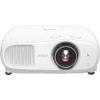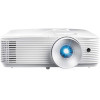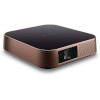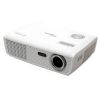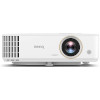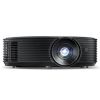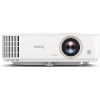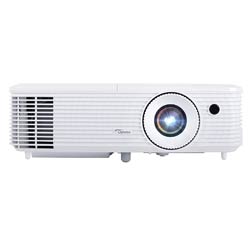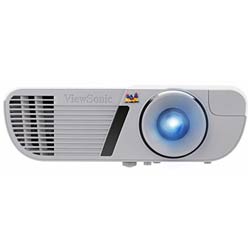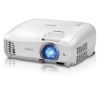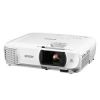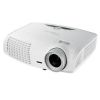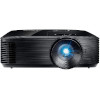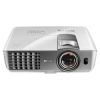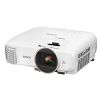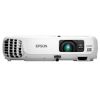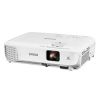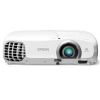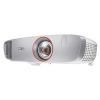Optoma HD27 vs ViewSonic PJD7828HDL review
Optoma HD27 vs ViewSonic PJD7828HDL — Battle of Color and Resolution
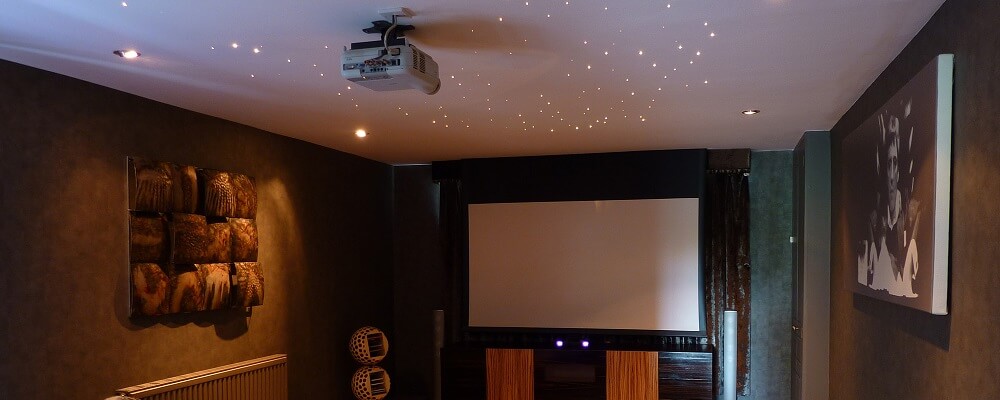
Optoma HD27 Review
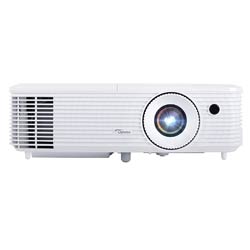 The large pixel number and professional contrast parameters do mark this starter-priced projector as a professional choice. The image can be zoomed in or out via remote control, not losing precision or brightness. The color gamut is not too wide, while the colors are vivid and blacks are profound and sharply outlined. The whites are a bit too bright, which is common in DLP projectors. The menu and setup are simple and user-friendly.
The large pixel number and professional contrast parameters do mark this starter-priced projector as a professional choice. The image can be zoomed in or out via remote control, not losing precision or brightness. The color gamut is not too wide, while the colors are vivid and blacks are profound and sharply outlined. The whites are a bit too bright, which is common in DLP projectors. The menu and setup are simple and user-friendly.
- The picture is accurate in dynamic scenes; perfect for gaming.
- I powered Firestick through the incorporated USB port.
- Good quality 3D playback.
- Overly bright remote backlight.
ViewSonic PJD7828HDL Review
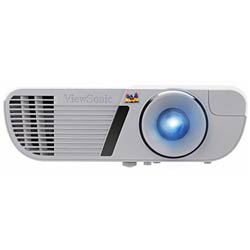 Color is a central notion in this projector. The range is huge, the tiniest hues are noticeable and the basic colors are very bright even in a light room. At the same time, blacks seem a bit greyish while being well outlined. There are no pixels traced even when sitting close to the screen. The setup is no-brainer, while some options like screen separation might take time to find.
Color is a central notion in this projector. The range is huge, the tiniest hues are noticeable and the basic colors are very bright even in a light room. At the same time, blacks seem a bit greyish while being well outlined. There are no pixels traced even when sitting close to the screen. The setup is no-brainer, while some options like screen separation might take time to find.
- The picture retains the quality in the eco mode.
- Perfect PC synchronization.
- Lightweight and easy to mount.
- Rainbow effects at dynamic scenes.
- Poor speaker performance.
Optoma HD27 vs ViewSonic PJD7828HDL— the Final Comparison
Among these two entry-level projectors, Optoma HD27 has the first prize for accurate resolution and precise contrasts, as well as “native” 3D passthrough. To compare, ViewSonic PJD828HDL takes over when it comes to the color vividness and eco-mode functioning.
Optoma’s performance is weaker at close placement to the screen, while ViewSonic’s zooming and lens adjustment might puzzle a non-techie beginner.
Comparing ViewSonic PJD7828HDL vs Optoma HD27 as the options for a home theater, one must take into account the bulb guaranteed life, which is higher at normal mode with Optoma and for the eco mode with ViewSonic. Both projectors are hooked up and integrated easily with other devices like Blu-ray players, streaming and flash drives, gaming consoles, AV-receivers, etc. The internal speaker provides audible sound, while the completed theater effect will require the external speaker support.
Common
Product
Model
Brand
Rating
Reviews
Translation properties
Projection system
Native resolution
Aspect ratio
Pixel number
Brightness
Color reproduction
Contrast ratio
Throw ratio range
Lamp
Lamp type
Lamp life
Normal mode
Eco mode
Lens
F-number
Focal length
Lens shift
Zoom ratio
Interface
HDMI
D-sub 15pin
Composite video (RCA)
Audio L/R (RCA)
Audio out (Mini Jack)
USB (Type A)
USB (Type mini-B)
RS232 (DB-9pin)
Sound
Integrated speaker
Speaker power
Sound type
Resolution support
640 x 480
1024 x 768
1280 x 800
1400 x 1050
1920 x 1080
Video compatibility
NTSC
PAL
SECAM
3D
Settings
Keystone correction manual
Keystone correction auto
Operating distance
Security functions
Audible noise
Normal mode
Eco mode
Operating temperature
Min
Max
Features
Color
Wireless
Remote control
Mouse functions
Warranty
Dimensions
Product size
Product weight
Optoma HD27 overview
We've tested most popular Home theater projectors, analysed all technical characteristics and features to find the Best Projectors 2025
Latest Home theater projectors comparison
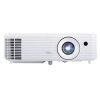
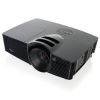
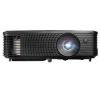


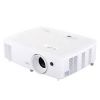
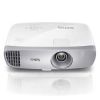


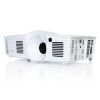

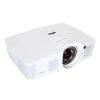
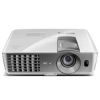


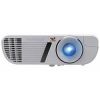

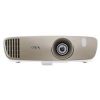

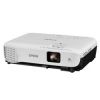
Popular Home theater projectors comparison
